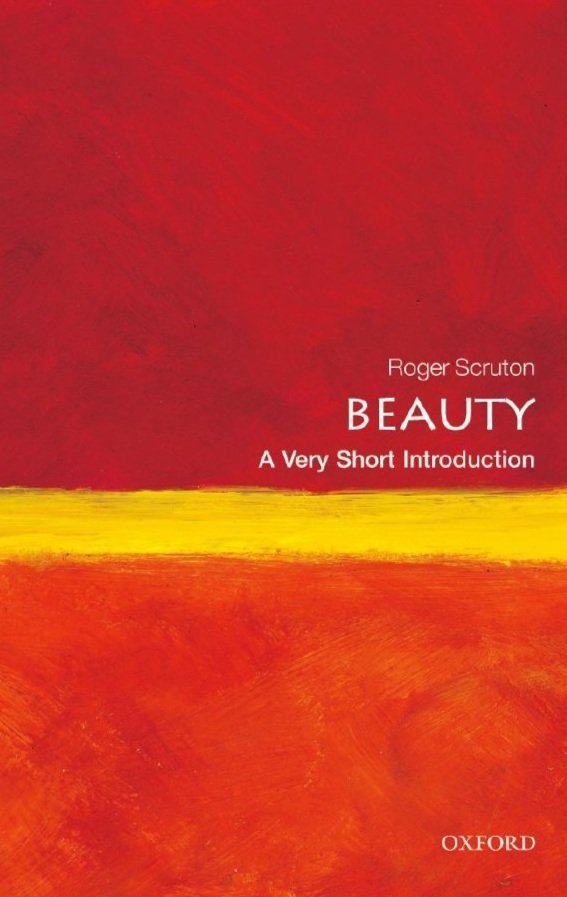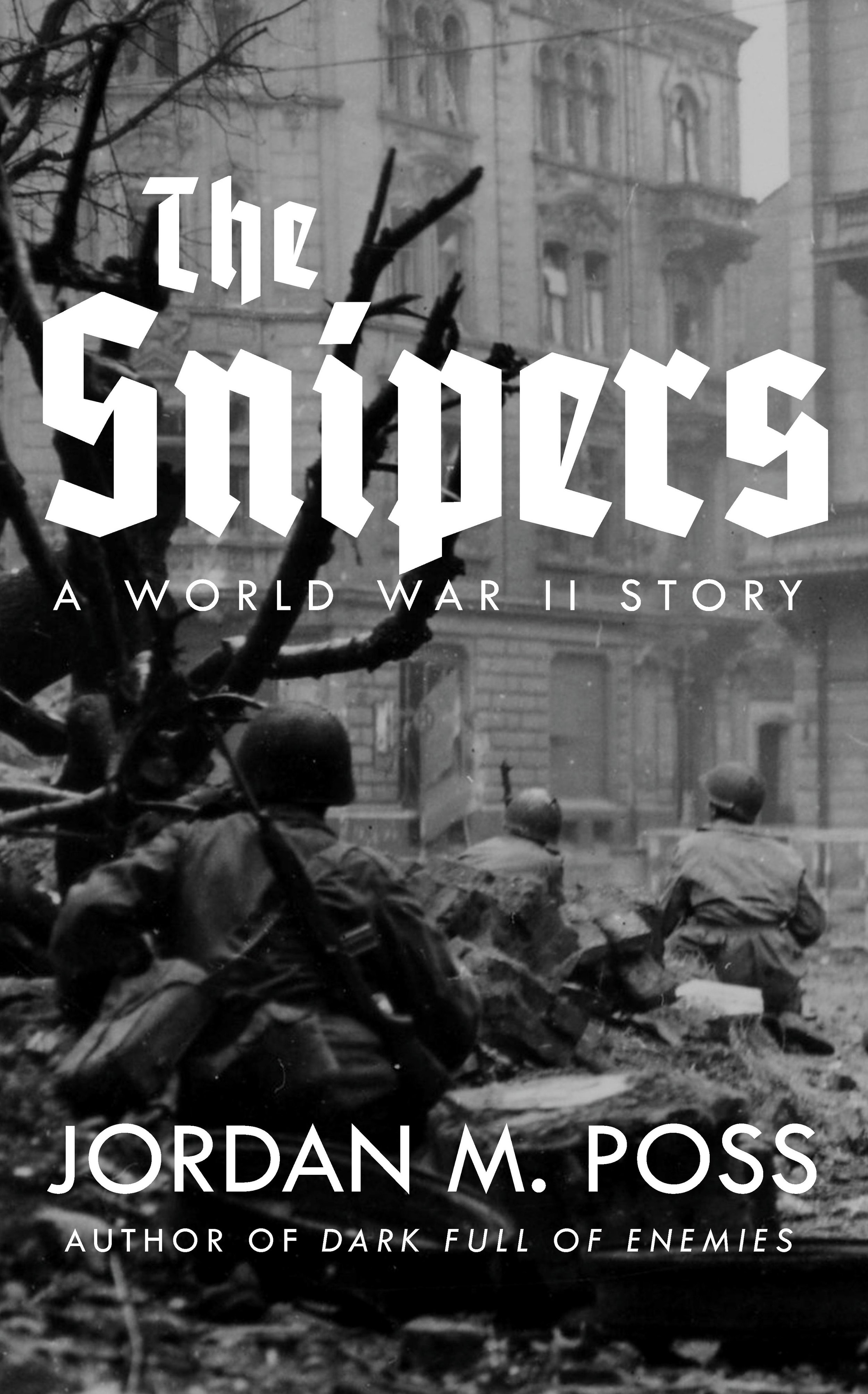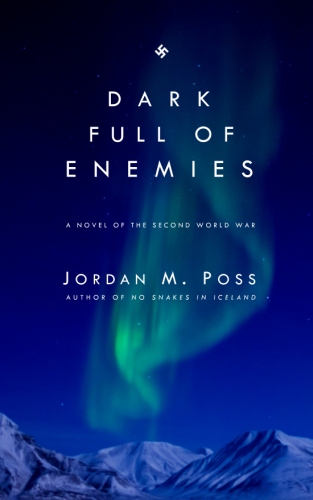A Coffin for Dimitrios
/Having read and reread a lot of John Buchan, Ian Fleming, John Le Carré, and Len Deighton—some of the great names in spy novel and thrillers—I noticed another name that often came up when, between their books, I would read about these authors: Eric Ambler. Ambler, an English novelist with a career stretching from the 1930s to the 90s, is often fitted into a crucial place in the history of the thriller between the more romantic adventure style of a Buchan, the hardened but still exciting sensibility of a Fleming, or the grey workaday espionage of a Le Carré or Deighton. Ambler’s name came up often enough, and with serious enough admiration, that it stuck in my mind, and when I ran across a copy of his 1939 novel A Coffin for Dimitrios I eagerly seized the chance to read it.
A Coffin for Dimitrios begins with Charles Latimer, a former academic now subsisting on his surprisingly successful mystery novels, aimlessly whiling away a trip to Istanbul as he prepares for his next book. When he meets Colonel Haki, a Turkish police officer, at a party and Haki expresses admiration for his novels, Latimer is given the chance to look into a real crime, to see the disorder of crime, violence, and death, the incompleteness of real mysteries.
Latimer, intrigued, agrees, and Haki takes him to the morgue. On the slab is the body of Dimitrios Makropoulos, a Greek master of organized crime. The police had fished him out of the Bosporus that morning, stabbed and drowned.
Haki briefs Latimer on Dimitrios’s record: theft, blackmail, murder, espionage on behalf of parties unknown, conspiracy to assassinate the president of a fragile Balkan state, drug smuggling, sex trafficking. Dimitrios’s crimes, Haki makes clear, are not the equivalent of a tidy poisoning in an English country house, and Dimitrios himself was thoroughly nasty. Unredeemable. And terribly powerful.
After Haki’s tour of the morgue and reading of Dimitrios’s file Latimer tries to move on, to return to work on his next book, but Dimitrios’s true story nags at him—especially its incompleteness. Haki’s file had long gaps in it, with Dimitrios disappearing from Izmir or Athens only to appear again in Belgrade or Paris years later, working another racket. Latimer decides to find out the whole story. He tells himself it’s research for a book.
Latimer’s search takes him from Istanbul to Athens, Sofia, Geneva, and finally Paris. At first he doesn’t realize what he’s got himself into. Questions about Dimitrios provoke icy silence or outright hostility. Local authorities obligingly try to help, but it’s clear that they have only the thinnest understanding of Dimitrios’s career. Latimer gets his best information from Dimitrios’s former collaborators—a Bulgarian madam, a Danish smuggler, a Polish spymaster—but he must work to convince them to talk and only slowly realizes that they have angles of their own to play now that Dimitrios is dead.
There is much more to A Coffin for Dimitrios, but to explain more would be to reveal too much. One of the pleasures of Ambler’s sprawling detective tale is the manner in which it unfolds, with Latimer picking up clues, chasing leads, and often stumbling across information that is more meaningful to the criminals he meets than to himself. Simply understanding what he’s uncovered makes up a large part of his work, but his sense that he’s onto something important keeps him searching even as his research grows more dangerous and the surviving members of Dimitrios’s criminal network start to ensnare him in their own schemes.
The novel’s setting proves another of its strengths. This is eastern Europe twenty years after the catastrophe of the First World War, the collapse of the Ottoman Empire, and the creation of new states like Yugoslavia out of the rubble of the Austro-Hungarian Empire. Memory of the war and the violence and chaos that, rather than ceasing, grew worse in the aftermath haunt every place Latimer visits and every person he meets. Cops, customs officers, nightclub dancers, and even strangers on trains all have stories to tell. This is the bustling, seedy, multilingual, darkly cosmopolitan world of international crime—imagine Casablanca crossed with The Third Man—and Ambler evokes it brilliantly.
And, like all of the other writers I began this review with, Ambler is an excellent writer. Strong, direct prose and precisely observed descriptions immediately draw the reader in, and, despite the globetrotting plot, Ambler does not waste time on travelogue. In addition to The Third Man, which I enjoy just as much in Graham Greene’s novella as the noir film based on it, A Coffin for Dimitrios reminded me a lot of Geoffrey Household’s Rogue Male, another thriller whose plot bestrides Europe just before the Second World War and one of my favorite reads last year. This is a spare, tense story of obsession and revelation, of an ordinary man drawn by his own curiosity into a dark world standing just out of sight in the streets of Europe’s most important cities.
If A Coffin for Dimitrios has any flaw, it is that the pacing flags somewhat in the middle as several characters in a row retell their stories of falling in with Dimitrios, but these chapters are entertaining and interesting in their own right and set up a suspenseful and satisfying final confrontation between Latimer, one of the many crooks he has met along the way, and a figure he never expected to meet when he began his search.
If you like any of the other authors I’ve mentioned above—and if you follow this blog you must surely like a few of them—or if you simply enjoy solid, well-crafted, fast-paced, and suspenseful thrillers, check out A Coffin for Dimitrios. Having read this one, I’ll certainly read others by Eric Ambler.















